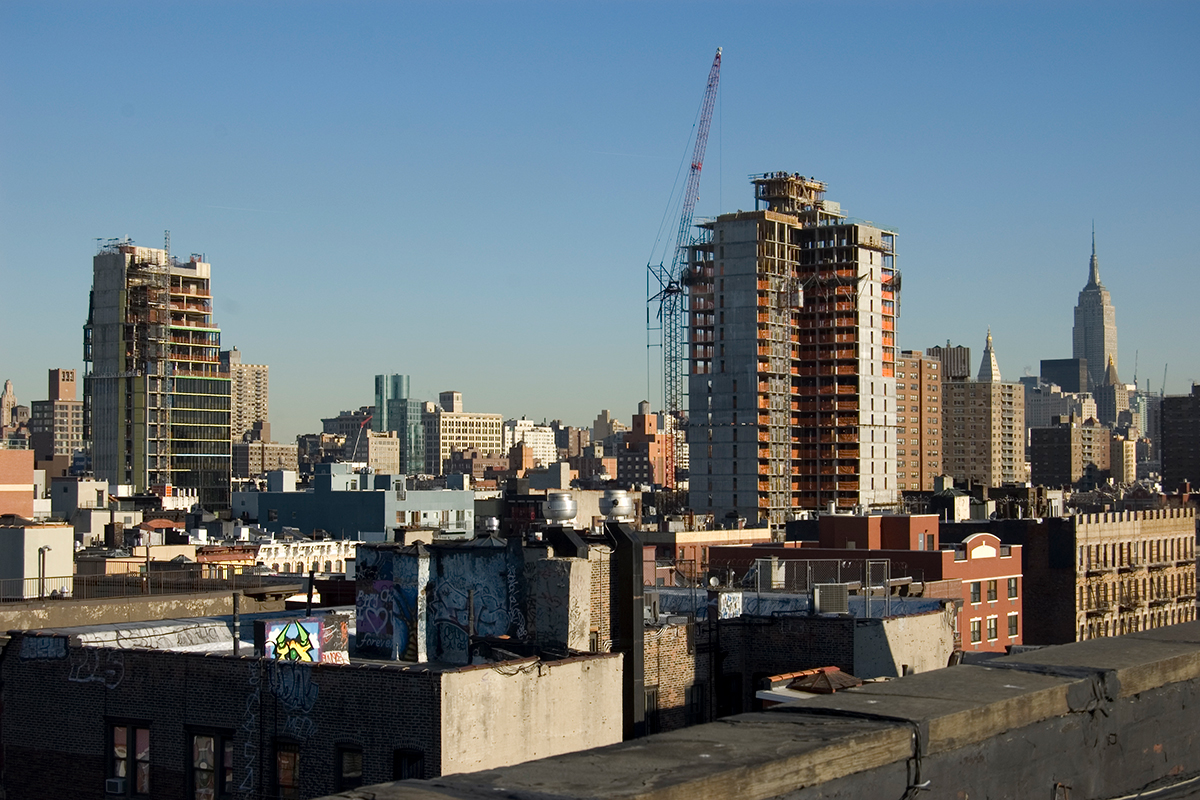
Mark Willis analyzed the impact of the changes from the suspended 421-a program to the 2017 proposed program finding increased costs to taxpayers and discrepancies between short-term and long-term financial returns for developers.
“We find that in all cases the net cost (NPV of increase in tax exemption minus the NPV of the increase in the affordable housing benefit) to city taxpayers rises with the change from the suspended to the proposed program and this cost can be interpreted as the dollars paid to secure the wage requirement.”
“While we cannot say if there will be higher labor costs, and if so, how much higher the labor costs will be, we find that developers under the 2017 proposed program would be able to absorb an increase in hard construction costs from 10 to 18 percent without lowering the unleveraged IRR—a long-term measure of financial return.”
“However, to the extent developers make their decisions based on NOI yield — a short-term measure of financial return — development activity could be dampened as those developers will find the proposed program less attractive than the expired or suspended versions if labor costs rise even slightly. Such developers may elect to construct buildings with fewer than 300 units so as to avoid the wage requirement.”
Read the full report here.